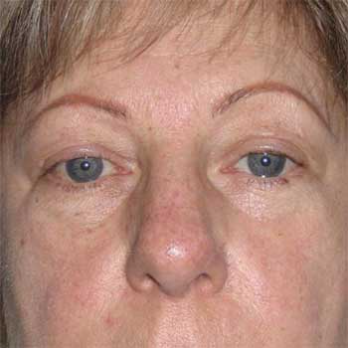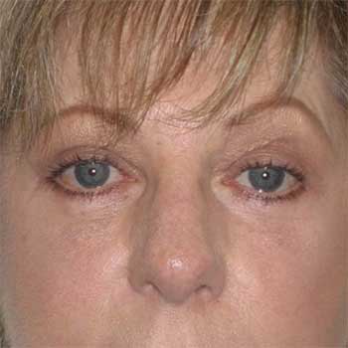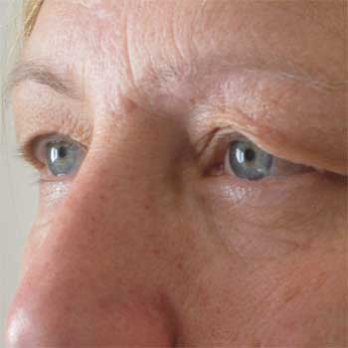
|
|
Treating Tired Eyes with Blepharoplasty
> See article
|

|
|
Upper Blepharoplasty for Drooping Eyelids
> See article
|

|
|
Laser Blepharoplasty for Lower Eyelids
> See article
|

|
|
How you can benefit from eye rejuvenation treatments
> See article
|

|
|
British men are banishing eye bags for good
> See article
|





















